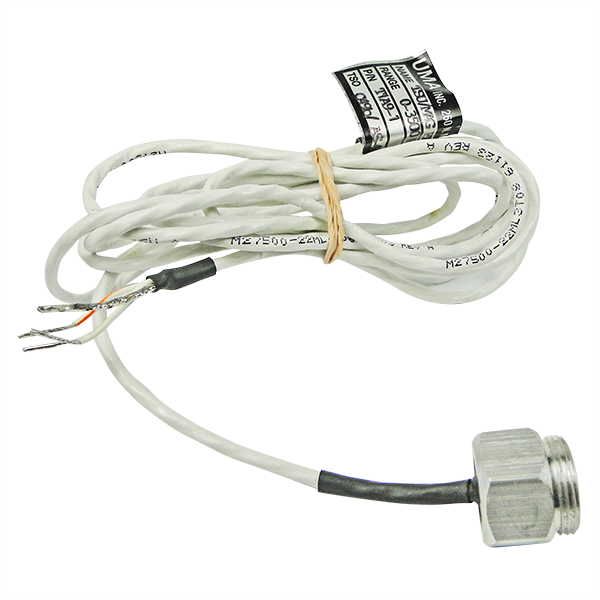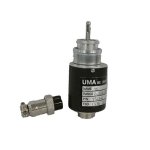Reading the above posts, I have to ask:
HOW is the Lycoming EIS sealed?
HOW can the end user break the seal and have the same as the SureFly unit?
My RV-8 project was planning a new engine from Van's with the EIS but if I cannot have access to all the SureFly features I need to rethink / replan this purchase.
The hardware that holds the unit together uses a tamperproof safety wire. If the unit is opened, you void the warranty. The Lycoming units are setup specifically for the engine on which they are installed and cannot be changed. Lycoming prevents access to the dip switches which allow you to change these settings. Even if you were able to break the seal, you would still not have access to SureFly tech support and you would void all warranty and service from Lycoming.
If you want to use this electronic ignition, I would suggest you buy the engine without the EIS, and then buy and install SureFly SIM's just before you fly. This way, you get the latest version and features, plus the ability to set up for variable or fixed timing. The technology is always improving..think iPhone.
How and where do Dynon HDX , RPM leads to the Lycoming EIS and do you need any other components
This is a bit of, "was it the chicken or the egg that came first?" Magnetos were not designed to produce a tachometer signal. For decades we used a spinning cable from the accessory case as a tachometer input. As electronic displays became available, manufacturers found a convenient signal in the p-lead or in a Hall effect sensor on the magneto case to electronically interpret an RPM from the engine. Then they took it a step further to provide dual electronic RPM signals. Because an electronic ignition is always powered, the signal at the p-lead is different. The display manufacturers have yet to catch up. Some have developed a solution, while many have not.
Information on the SureFly website explains that the standard signal for an electronic tachometer is a 0--5Vdc square wave (except for the Horizon). The SIM has a 10-60Vdc signal at the p-lead. If your display does not support a SureFly and you want RPM from BOTH ignition systems, whether dual SureFly SIM's or a mix with magnetos, a module has been developed to turn the SureFly signal into a 0-5Vdc magneto signal. The TACH2, developed by SureFly, will provide a 0-5Vdc square wave or a Horizon signal from two separate SureFly SIMs. It's about the size of a deck of cards.
As mentioned, for about the same cost there is a UMA sender that is spun by the tach output on the accessory case, providing the same 0-5Vdc signal. This is my sensor of choice because it is sending my display tachometer information straight from the engine accessory case. It works very well.







